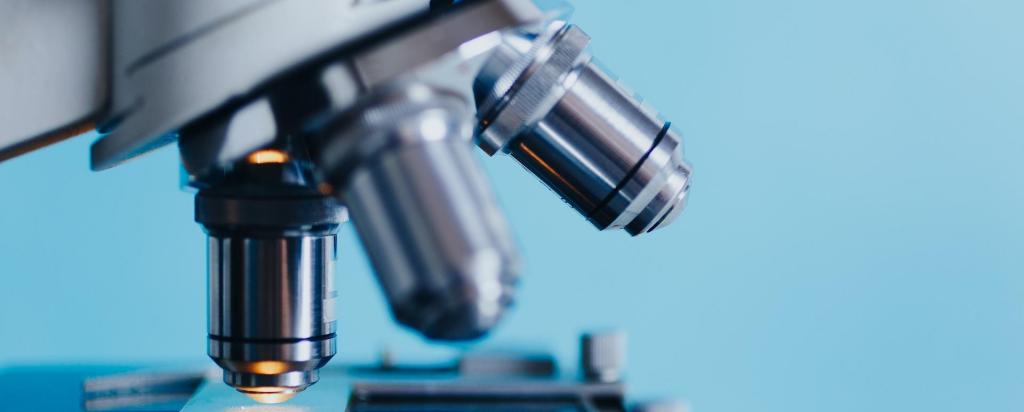The page you requested does not exist. For your convenience, a search was performed below using the query whats on joint iaea–ansto workshop on nuclear isotopic techniques for cultural heritage.
No results, please try a different search term.
Pagination
